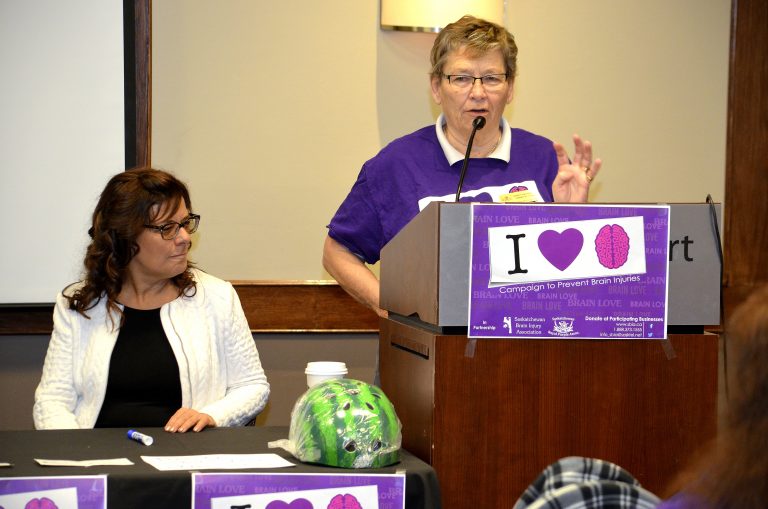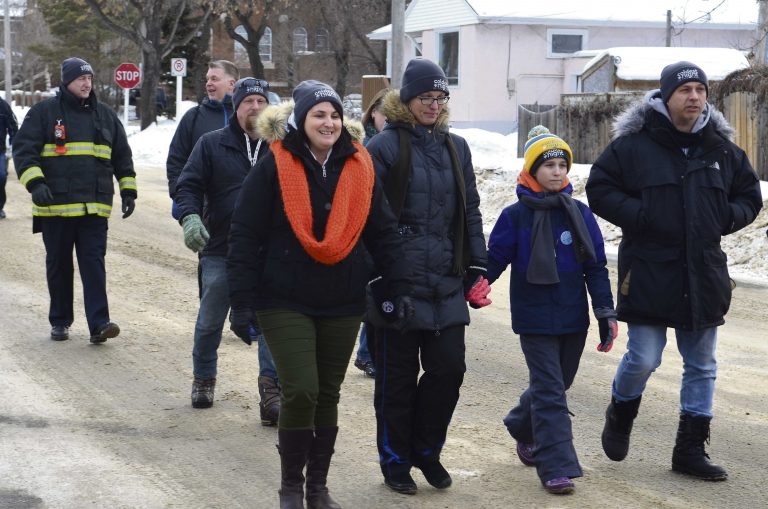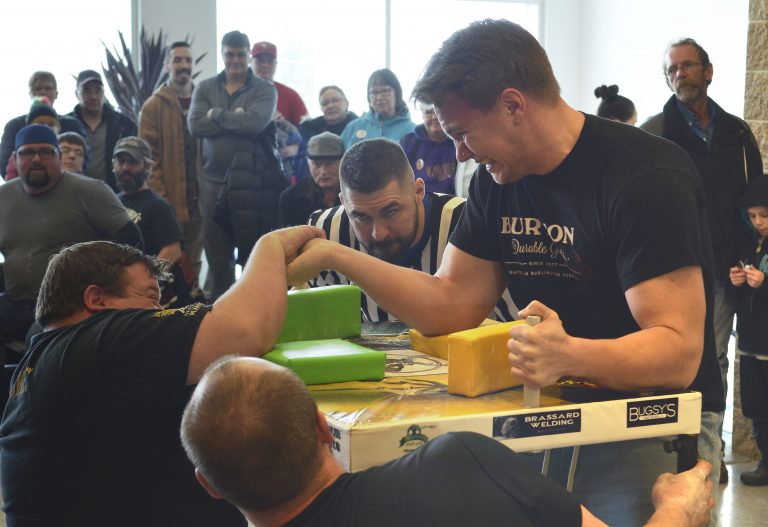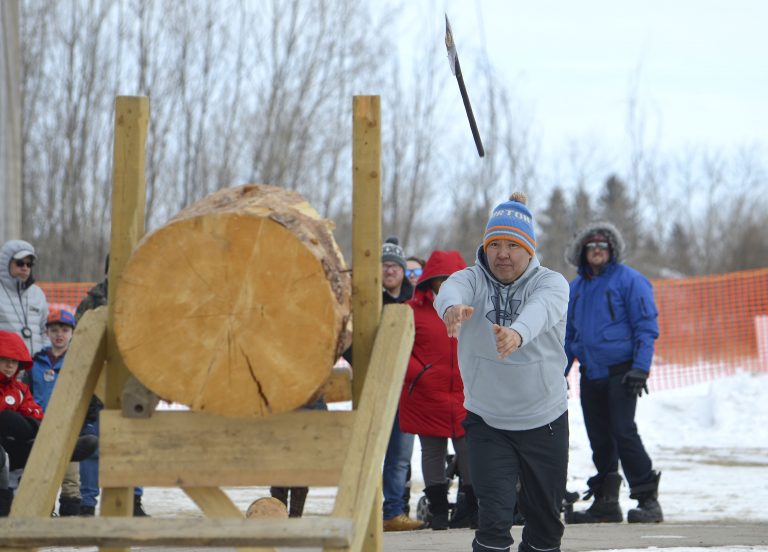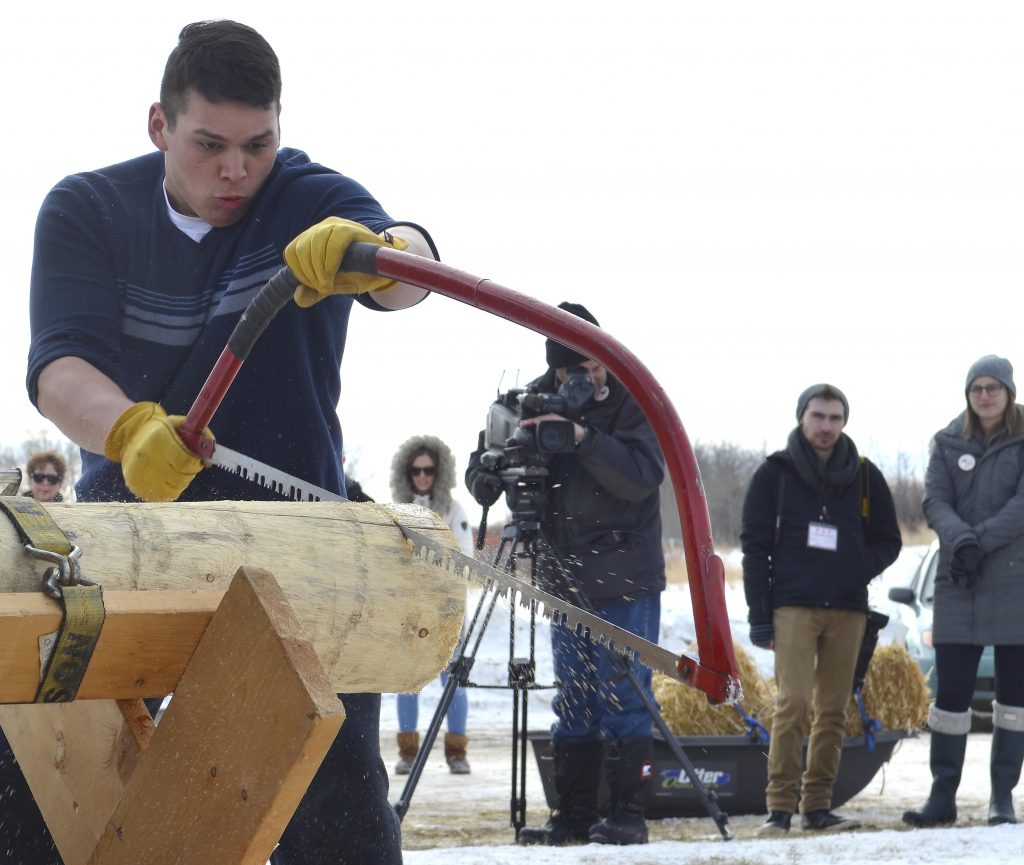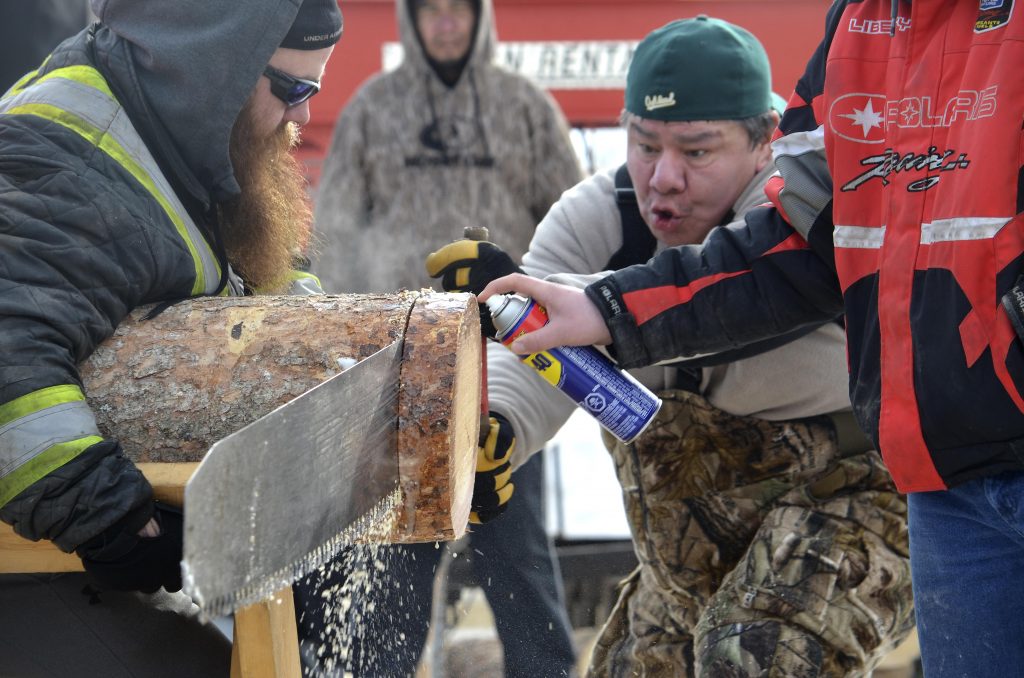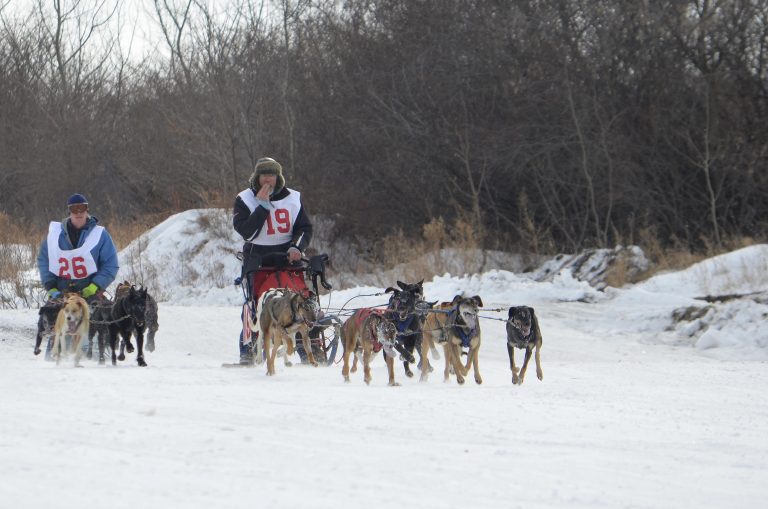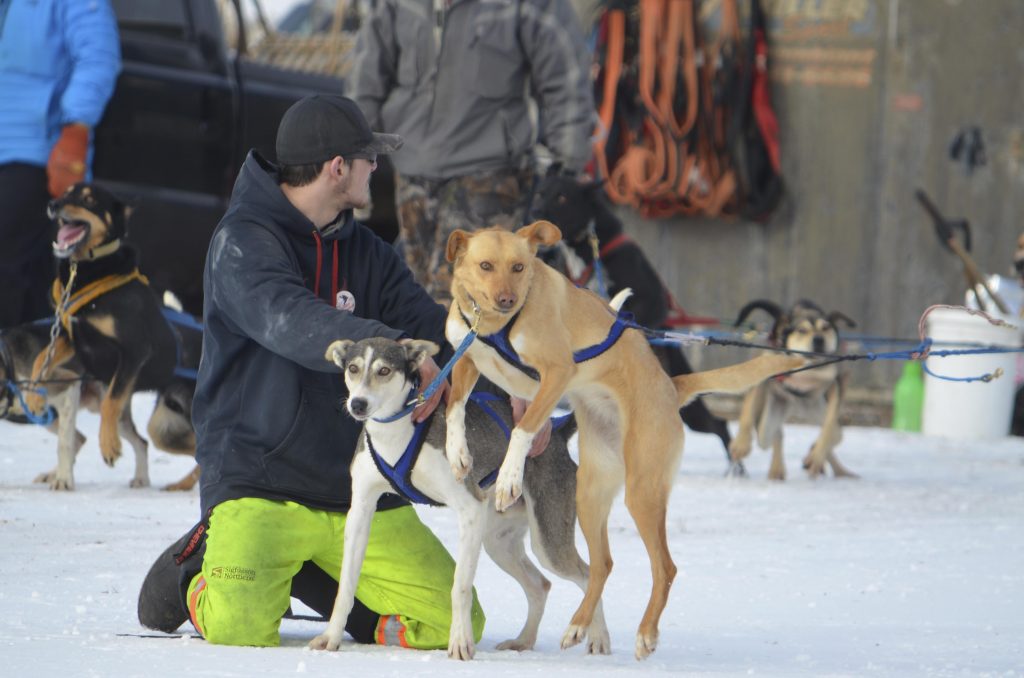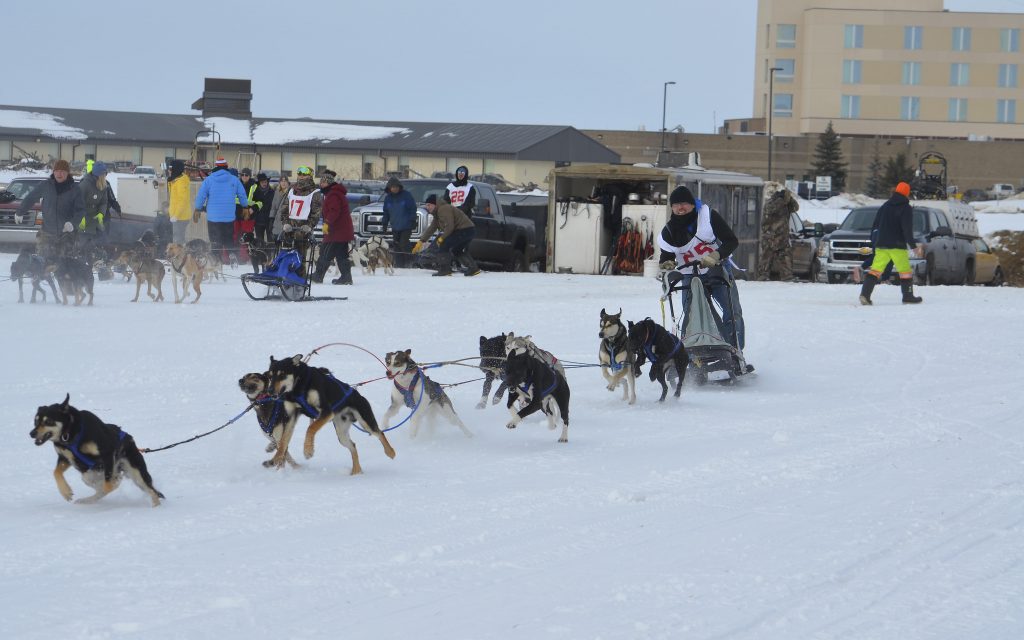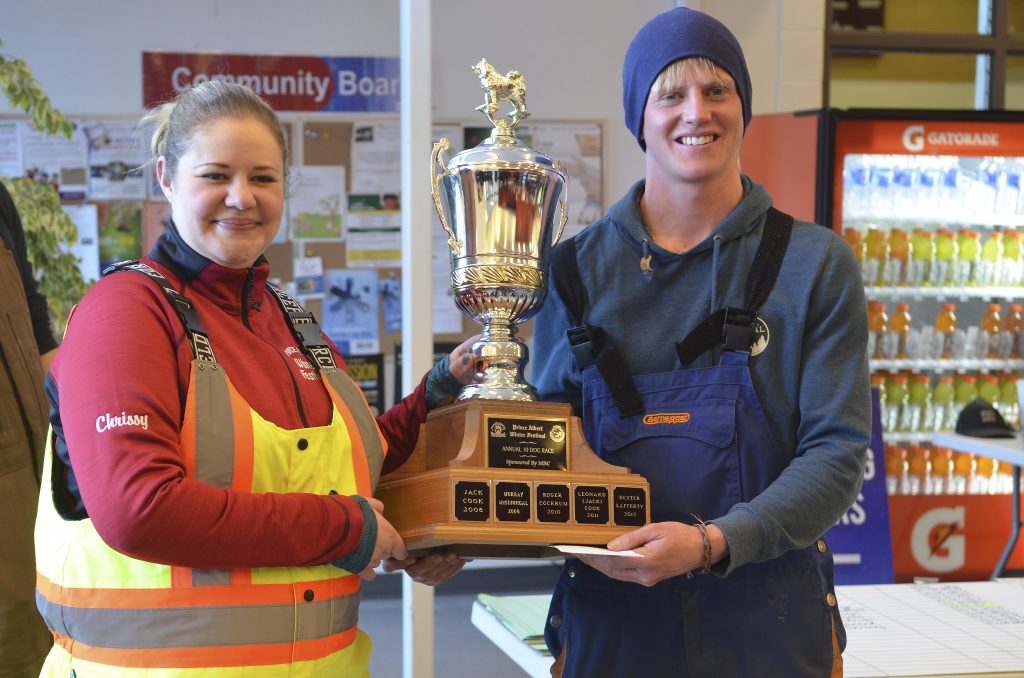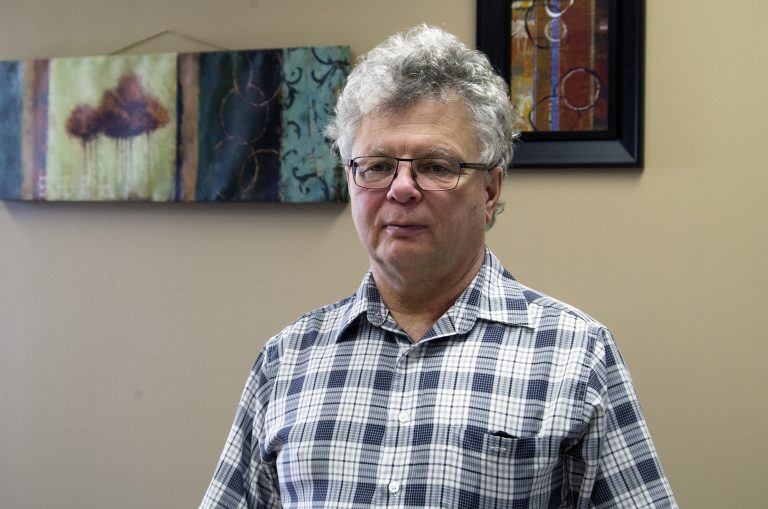Saskatchewan Brain Injury Association launches 5th annual Brain Love campaign
A Saskatchewan-made campaign that started small just five years ago might soon be going nationwide.
The Saskatchewan Brain Injury Association (SBIA) and Saskatchewan Royal Purple launched the fifth annual Brain Love campaign Thursday at the Prince Albert Inn.
“I’m really excited,” said SBIA executive director Glenda James.
“Not only have we been working together for five years, we’ve done some remarkable things.”
James recalled how during the 2017 kick-off in Prince Albert, they had invited Hailey Harms, a young person from Shellbrook who had her Olympic figure skating dreams cut short by a series of concussions. After speaking at the event, she headed straight for the back of the room where she spotted an old classmate, Evan. He had attended as a new member of the SBIA, a victim of a car accident that left him with a severe brain injury. SBIA and the pair launched a campaign to educate the public about brain injuries and to spread awareness about prevention.
Something else remarkable happened last year as well, James said.
An anonymous family came forward with a big donation for the Brain Love campaign. That donation helped fund a series of videos starring Hailey and Evan, and to further spread the message of love for one’s brain.
“That’s just the way things come together when you partner with a group like the Saskatchewan Royal Purple who have connections in communities all over Saskatchewan,” James said.
“SBIA is a really tiny organization. Being able to reach out into the community, to make these connections, to do the things we’re able to because of this marvellous partnership has made a tremendous difference to prevent brain injuries.”
That partnership, and the Brain Love project, has grown since its humble beginnings five years ago with one small poster.
“(Brain injury) doesn’t have to be something dramatic, it doesn’t have to be this big story about a 17-car collision. It can happen in your bedroom,” said Sandi Lougheed.
She recounted a story about a boy she knows. He was a budding hockey star, until he fell and hit his head on his bedroom dresser. That concussion was the last in a series of head injuries, and it ended his hockey career.
Traumatic brain injuries are the leading cause of death and disability among youth.
“We don’t plan for these things to happen. It’s anyone, anytime, anywhere. But we have to continue to support SBIA, because most of us don’t know how to deal with a brain injury. We don’t have the knowledge, we don’t have the government connections and we don’t have the publicity connections.”
Individual Royal Purple lodges and the SBIA offices are all small, but the partnership has been able to grow the conversation surrounding brain injuries and brain injury prevention through a concerted ground effort. Royal Purple members put up posters in doctor’s offices and hockey rinks. Their donations fund support services and safety presentations in schools. Every year, more SBI chapters pop up and get involved in the project.
Slowly, but surely, the movement has grown. Lougheed is pushing Royal Purple members to grow the movement even bigger.
“Start to brag about the good work you’re doing,” she said. “Each one of us in this room, it’s going to be our personal and professional pleasure to kick off this fifth year partnership. It’s going to be an exciting year.”
Once Lougheed and James finished speaking, representatives from Royal Purple chapters from across Saskatchewan lined up to present donations and pledges. So far, they’ve either donated or pledged $22,000, just a few thousand short of the $25,000 initial goal. But Royal Purple is dreaming big, aiming for a total of $100,000 raised by the end of the year.
This year, Saskatchewan won’t be going it alone. The Brain Love project has spread to Manitoba. James is participating in a conference call this week that could see it expand nation-wide. James and Lougheed have been working hard with their Manitoba-based counterparts to help get Brain Love Manitoba off the ground.
“I’m so excited,” James said. “I now have a vision to do this nationally. I hope it’s going to happen everywhere, because we want people to love their brains, we want them to protect their brains. We want this to be part of normal conversation in the same way people accept putting on a seatbelt.”

